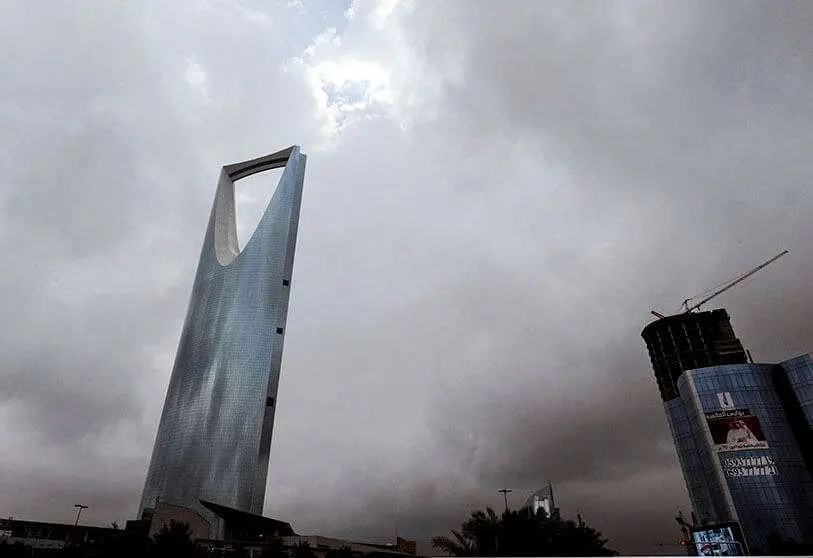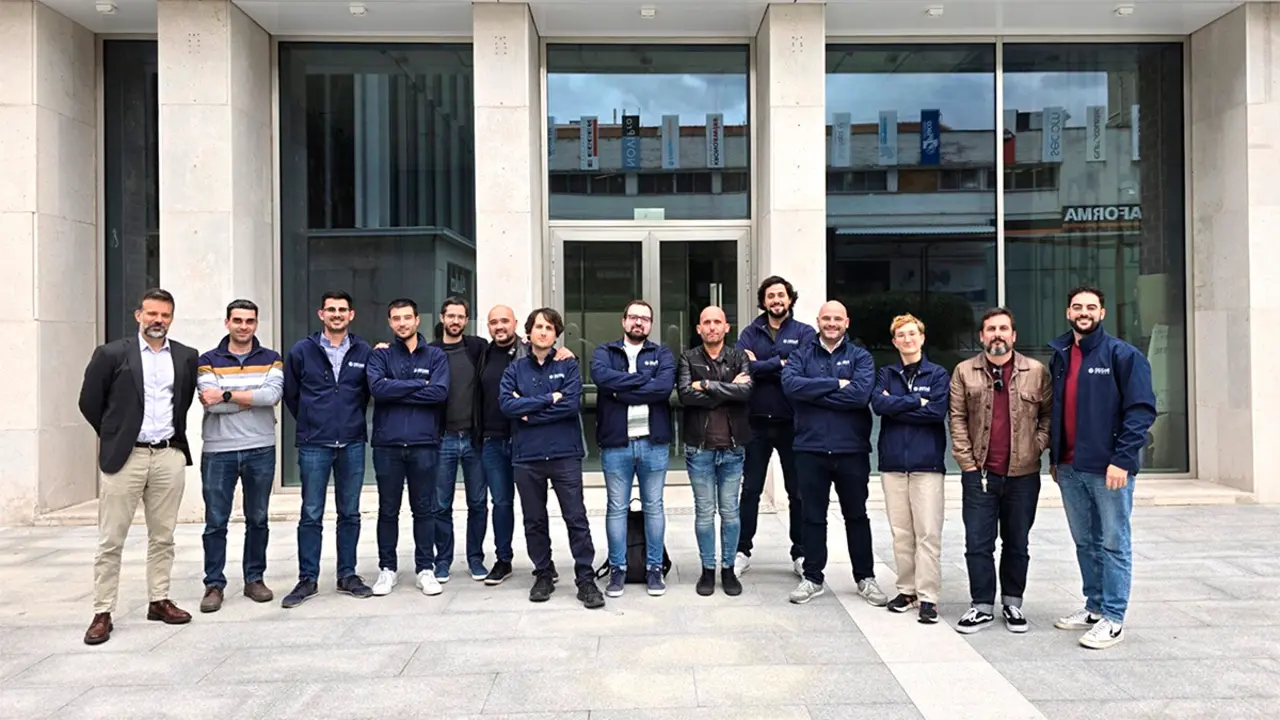Saudi Arabia aims to increase rainfall by 20 per cent through 'cloud seeding'

The Kingdom wants to increase rainfall in its territory, one of the most arid in the world, thanks to technological innovation and planning based on 'cloud seeding'. This practice has been studied by the Saudi administration after its application in various parts of the world and with its implementation in the Saudi area it wants to increase rainfall by 20%.
The Ministry of Environment, Water and Agriculture has evolved this strategy to improve the generation of rain in the country and to 'water' it better. A plan has already been approved by the authorities of the Saudi kingdom after a ministerial team studied the application of this practice in other countries.
Saudi Arabia is one of the most desert ridden countries in the world and suffers from a pressing lack of the precious liquid element. The lack of water resources has been a constant in the Kingdom and it is intended to put an end to this situation by 'cloud seeding'. It is also a response to the worsening drought scenario, since the exponential increase in population and the development of various industrial and economic sectors in recent years has put greater pressure on water resources, whose demand is now almost 24,000 million cubic metres a year.

The Kingdom is one of the most arid countries in the world, with less than 100 millimetres of rainfall per year. Nearly 2.7 billion cubic metres of seawater is desalinated each year, but more than 80 per cent of the Kingdom's demand is met from groundwater sources. This rate of extraction from aquifers is higher than the rate of replacement or refilling because of the well-known problem of lack of rainfall.
The Ministry of the Environment noted that the 'cloud seeding' programme does not mean that cloud phenomena are created as such; it is about using the physical properties of existing clouds to encourage the creation of rain. In this way, catalysts are included in these clouds, some of them natural, to release as much water as possible, providing cloud condensation nuclei. Saudi Arabia has been investigating this field for more than 40 years and after experiments in various cities, such as the capital Riyadh, it has been shown that progress can be made in this area in this Middle Eastern country.
The usual procedure for 'cloud seeding' uses substances such as silver iodide and dry ice, which is frozen carbon dioxide. Sometimes the expansion of liquid propane into gas has also been used.
In order to be able to do the 'cloud seeding' it is necessary that the clouds are in a liquid state, at a temperature below zero degrees centigrade. When silver iodide, with a crystalline structure similar to that of ice, is introduced, it reaches freezing through the nucleation of ice crystals. The expanding dry ice cools the air until the ice crystals spontaneously nucleate from the vapor phase.

The difference between the silver iodide seed and this nucleation is that no existing drops or particles are required, since a very high oversaturation occurs near the seed substance. However, it is very necessary that water drops exist to convert the ice crystals into particles large enough to produce the fall of precipitation.








